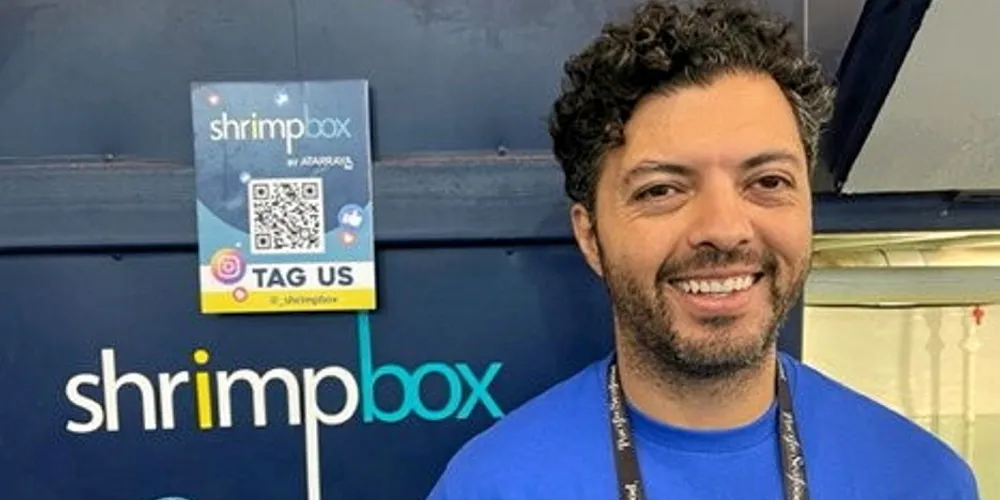In the belly of a 'blue whale': Tech pioneer takes new approach to shrimp farming
Aquaculture entrepreneur is turning his focus to generating revenue this year from his 'Shrimpbox' concept.

Aquaculture entrepreneur is turning his focus to generating revenue this year from his 'Shrimpbox' concept.
